The Americas ( 2000 B.C. - 1521 A.D.)

Society in early America was completely isolated from others (Some researchers argue that American continent could have been connected with other continent such as Asia). It is very interesting to see their culture, architecture, and design without any influences from Westerners. It is very mysterious that early American society was the largest of all civilizations in the world at the time, but it came to an end or suddenly disappeared. Some of their architectural designs or artifacts are indescribably detailed and accurate that I could not even believe they were made by human without technology that we have today.

Olmec (2000 B.C. - 200 B.C.)
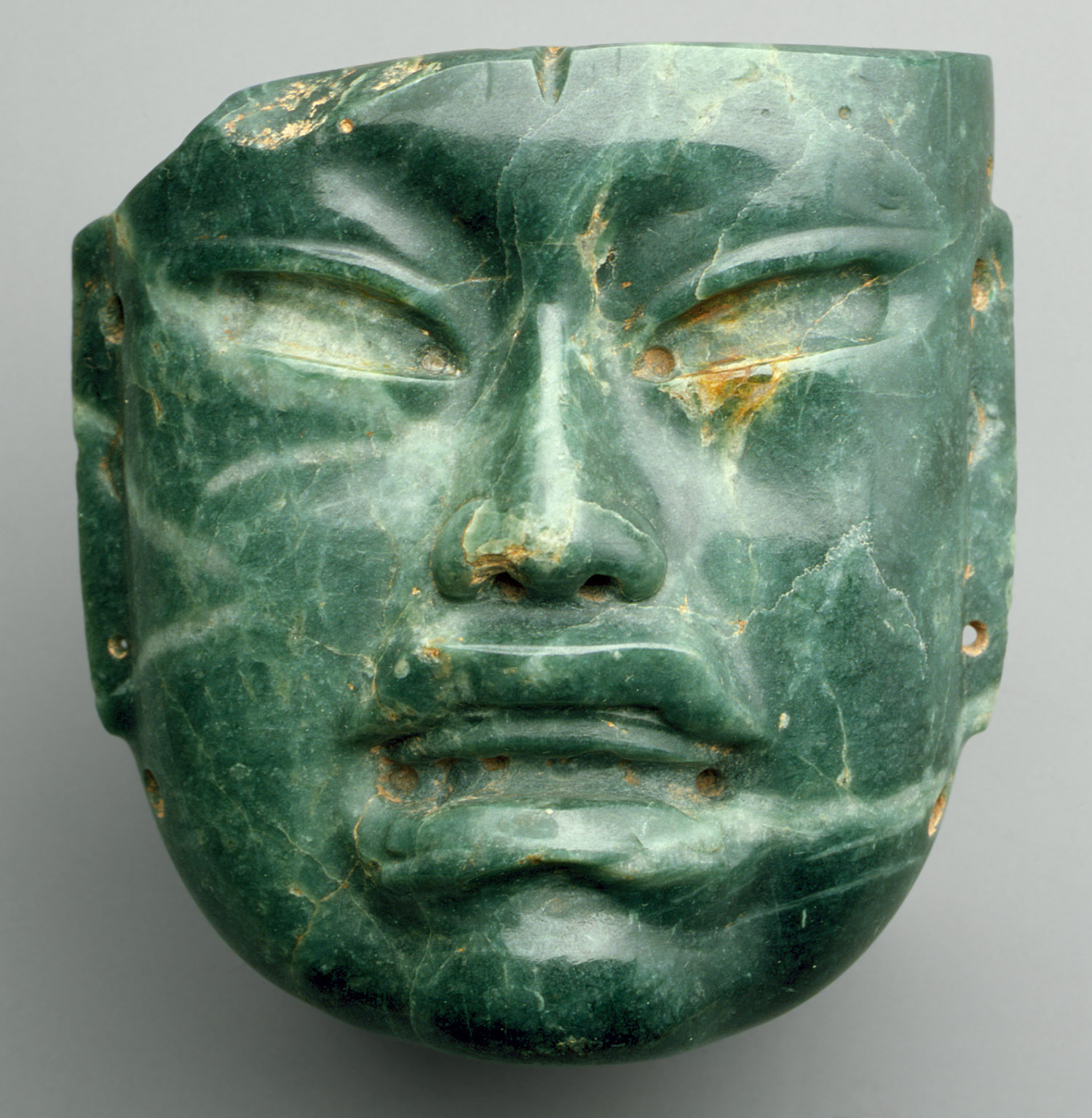
Olmec is known for the very first civilization in Mexico. Nobody still knows how the whole society came to an end. According to archaeological research, most of the elements of Mesoamerican art and architecture can be seen to have an Olmec origin; rubber balls and ballcourts, pyramid building, bilaterally symmetrical plans, jade-working, mirror-making, and an interest in human portraiture. One of the most fundamental of Mesoamerican gods, the Maize God, survives from Olmec times.
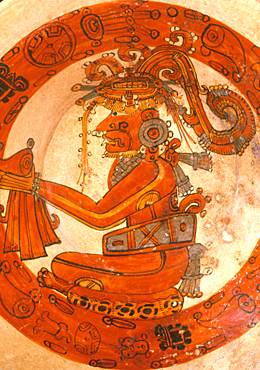
San Lorenzo; some researcher believes that the earliest Olmec center was probably the great earthen platform of San Lorenzo Tenochtitlan. San Lorenzo was not covered by our text or lecture so I thought it was interesting to introduce them in my blog.
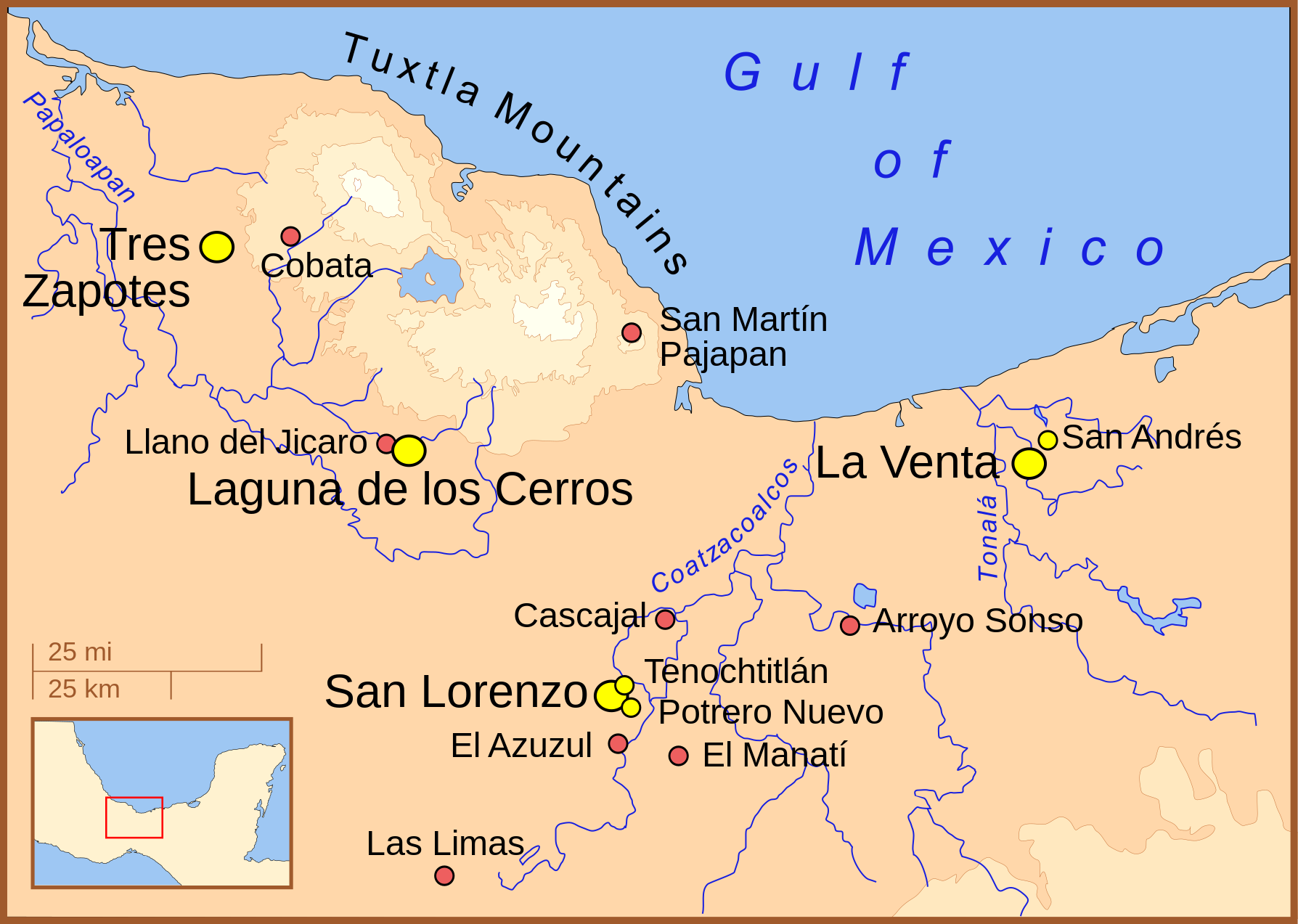
Early Olmec sculptors mastered the human form by 1500 BC. Archaeologists have discovered wooden Olmec sculptures in the swampy bogs at El Manati, along with deposits of rubber balls and jadeite celts. The wooden sculptures show not only a physical form but also shows somewhat emotional expression.
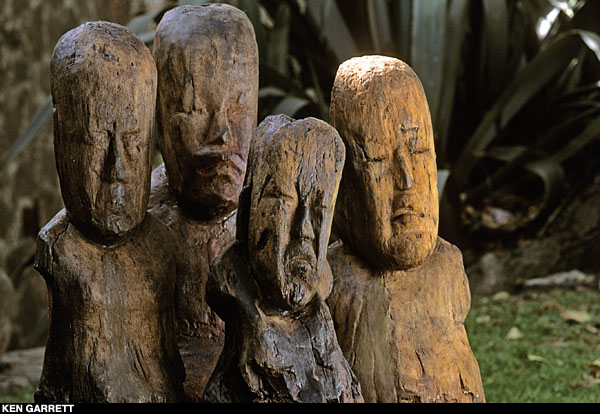
Large numbers of sculptures were found near San Lorenzo. What amazed me was that two identical sculptures were found in the site. They were assumed to be representing the Hero Twins, known in later times as Maya culture heroes. They became the proof of connection between Olmec and Maya civilization.
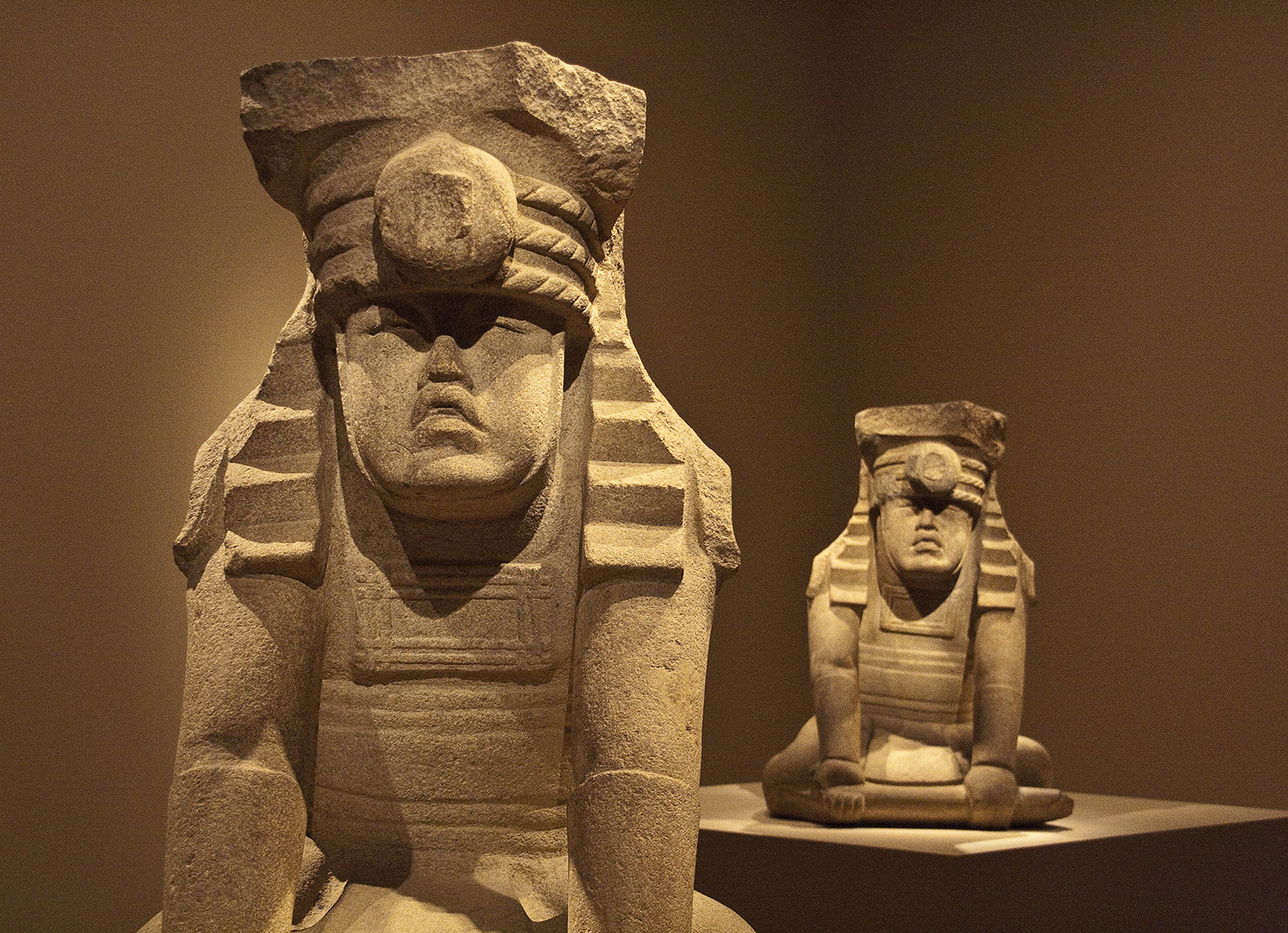
La Venta; It occupied a small, swampy island in the Tonala River. During 500 year occupation of the site, both monumental architecture and earthworks of colored clays and imported stones were completed.
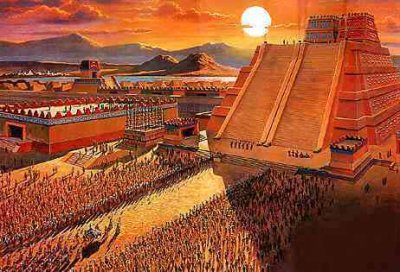
Altar 4, La Venta; Olmec ruler emerges from the mouth of a schematic cave at the front of the stone. The ruler appears to be holding a rope wrapped round the perimeter of the stone which binds two-dimensional captives in profile to the lord on the front. This altar might have been created to be the way of showing ruler's power to the citizens.

Current Application
Olmec inventions such as rubber (rubber flooring) and decorative jade are still used in our designs today.


No comments:
Post a Comment